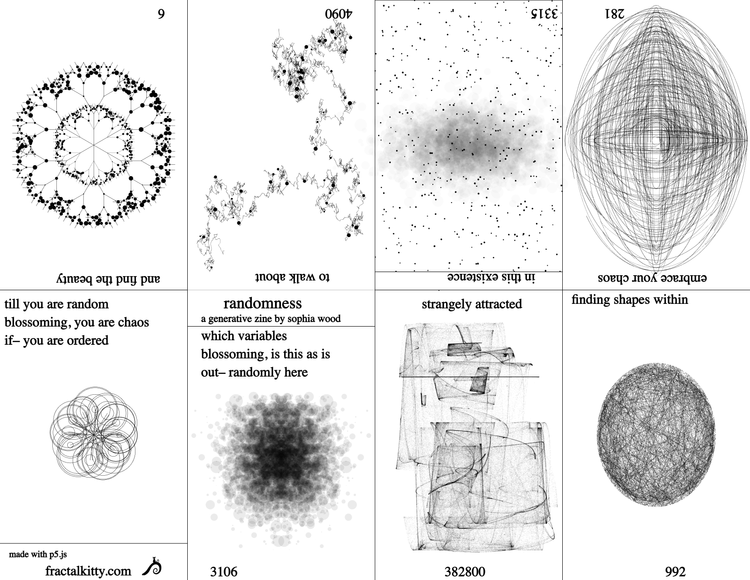SumFib

After playing simple yet addictive games like Threes and 2048, I wondered how the gameplay mechanics would translate using Fibonacci numbers, which introduce a unique twist.
I wrote a prototype in p5js. You can swipe on mobile or use arrows/WASD on desktop. I did this in about a day and unit tested it the following day. If you find errors or have suggestions please let me know.
You can play at sumFib.com. You can access code on codepen, github, and openProcessing. I also have it on pico-8 and playdate.
The rules/play:
- Moving in a direction moves all tiles in that direction and the tiles that can combine will in pairs (favoring the ones closest to the direction of the move).
- Tiles will only combine if the sum is a Fibonacci number
- {1,1,2,3,5,8,13,21,34,55,89,…}
- A new tile with a value of 1 or 2 appears when a valid move is made.
- The game is over when the board fills up and there are no more valid moves.
- The score is the sum of all combined tiles.
Questions to ask (please send me yours and I can add them):
- Tiles can combine with 2 other tiles – how does that change the game dynamics?
- Example: 21 can combine with 13 or 34.
- Do you play better when you try or attempt random moves? Why?
- What algorithms do you think will optimize scoring?
- Random moves
- Prioritizing move direction (Right, down, left, up) where you always move with the higher priority direction if it is available.
- What is the highest score a human can get?
- I have gotten 1597, but I have heard of 2584.
- What is the highest score a computer can get?
- Is there a highest score?
I did run a simulation of 113 games with random moves and found out the highest tile was much lower than I expected at 233:








Member discussion